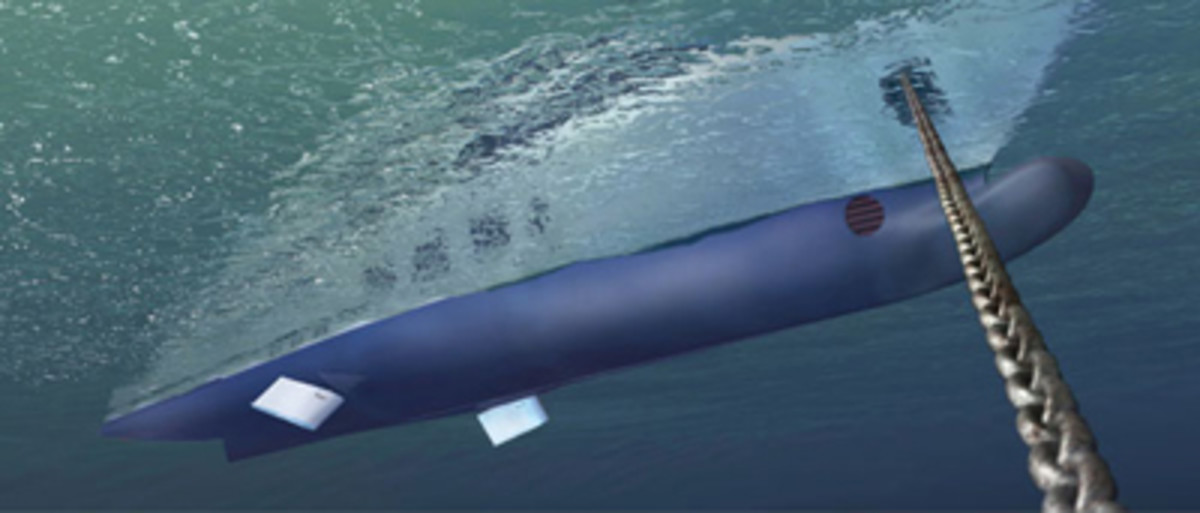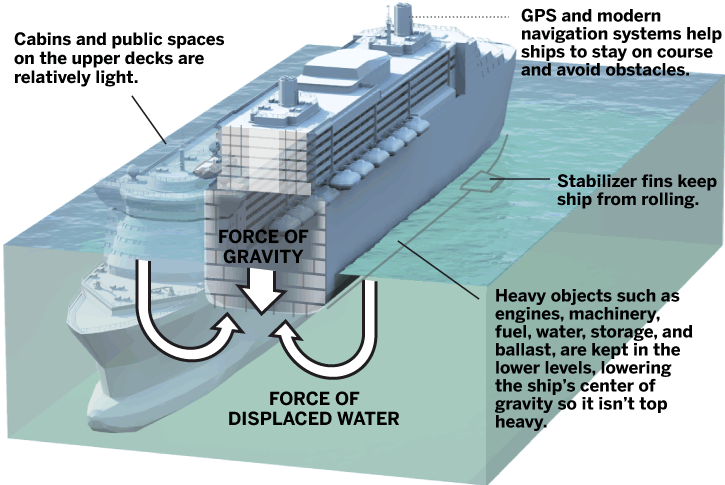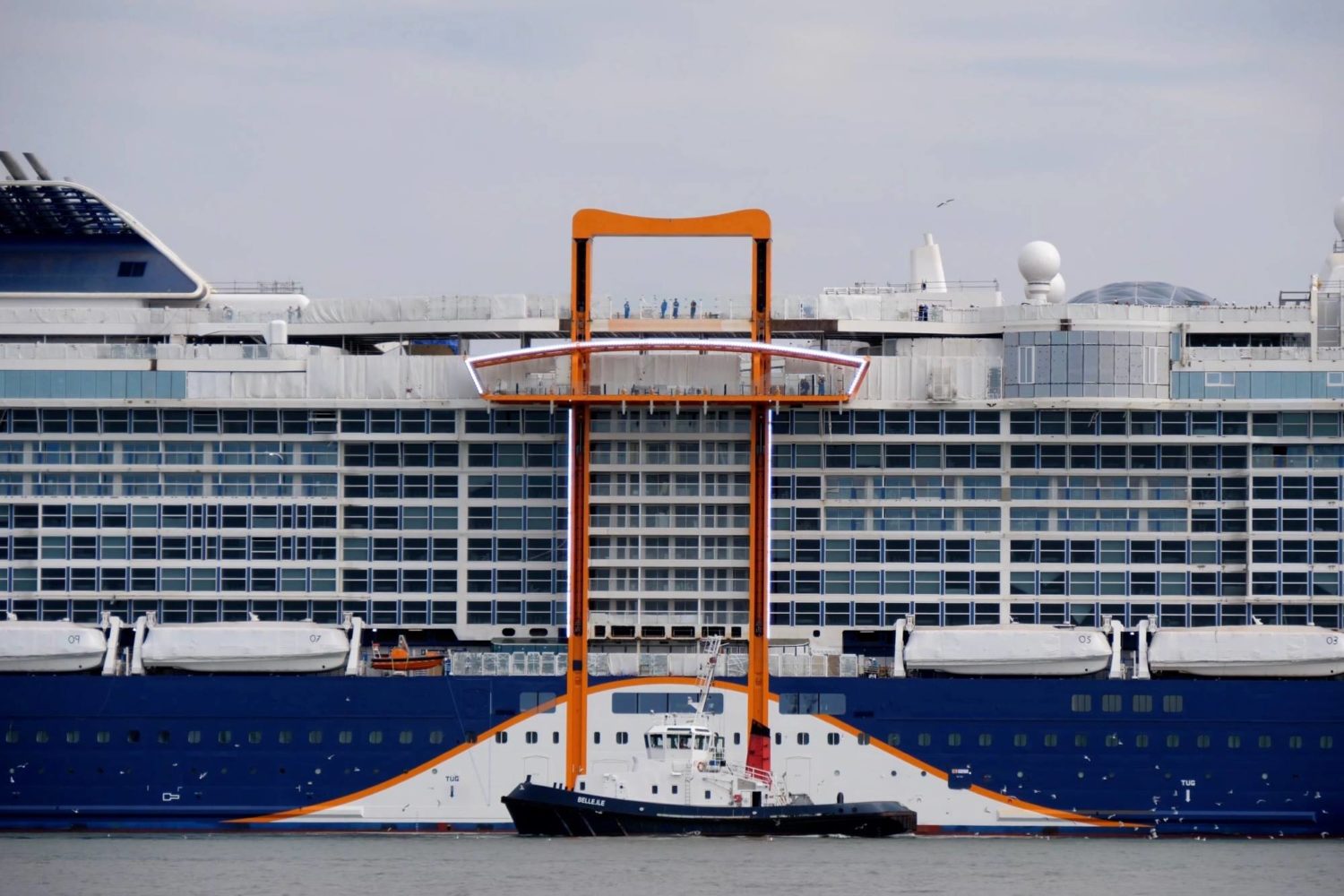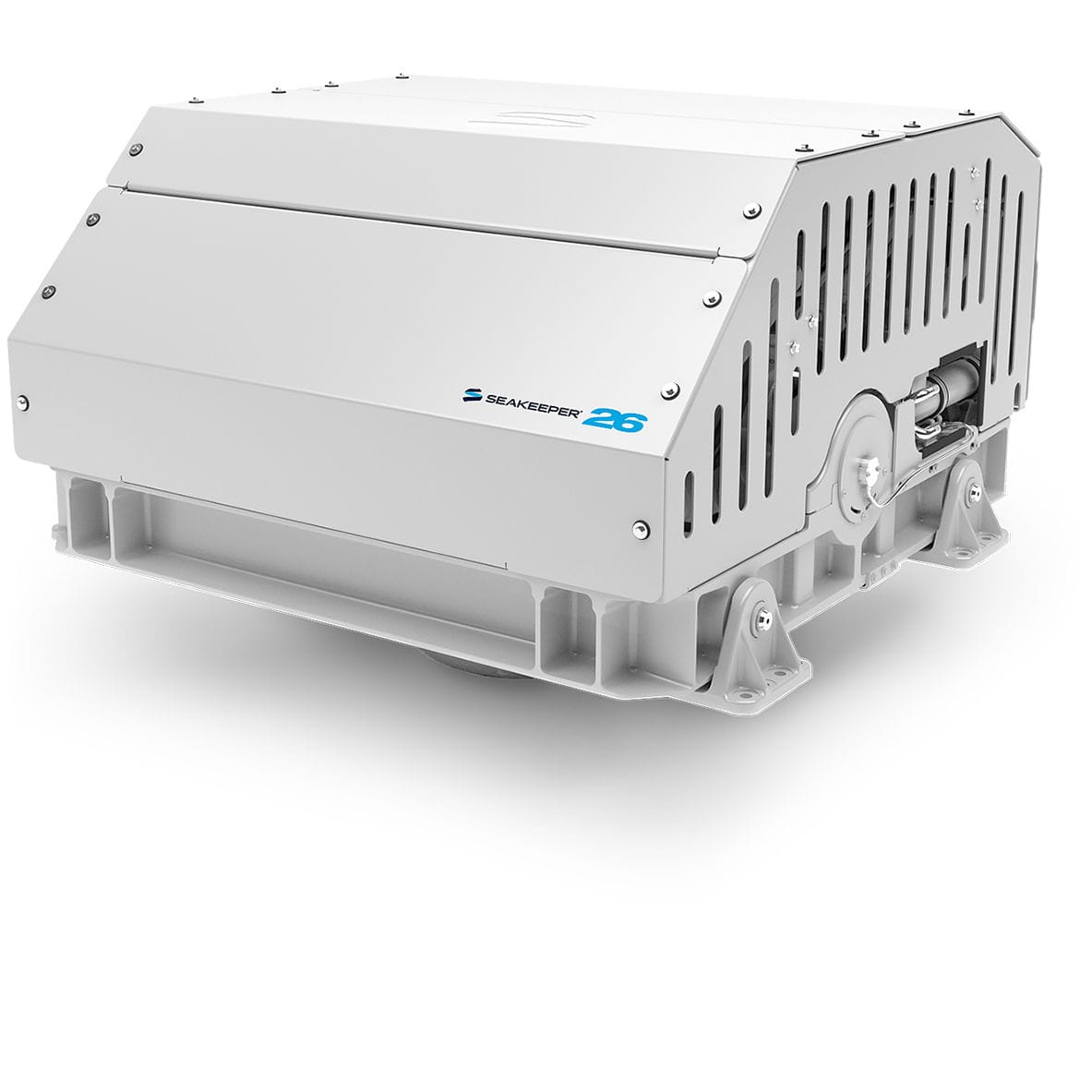Table Of Content

While active stabilization offers more precise and immediate control, passive stabilization is often more cost-effective and requires less maintenance. With a solid understanding of hydraulic stabilizer systems, we can now delve into the comparison between active and passive stabilization methods. Without proper stabilization, the ship would be prone to excessive rolling and pitching, leading to discomfort and even potential accidents. We’ll also discuss the benefits they bring to the cruise industry and the challenges they face in their quest for stability. From the design and construction of these ships to the expertise of the crew operating them, we’ll leave no stone unturned. In this article, we’ll dive deep into the world of ship stabilization, exploring the intricate workings of these stabilizers and unraveling the secrets behind their effectiveness.
Are there any alternative methods to ship stabilization besides using stabilizers?
In addition to maintaining stability, ballast also serves other important functions. It helps improve the ship’s maneuverability by adjusting the ship’s trim, which refers to its longitudinal balance. Uneven weight distribution can make a ship difficult to steer, affecting its performance in narrow passages or during docking procedures.
The Importance of Stability on Cruise Ships
This active response to the ship’s movement allows for precise and real-time stabilization, ensuring a smoother sailing experience for passengers regardless of the sea conditions. Gyroscopic stabilizers utilize the principles of gyroscopes to minimize the rolling motion of a cruise ship. These stabilizers consist of a spinning mass or a set of spinning discs that create a gyroscopic effect.
Locations Of Smoking Areas At Atlanta Airport – Find The Perfect Spot To Smoke
However, their larger ships, like the Voyager, Freedom, and Oasis class ships, have four stabilizers, two on each side, as noted by Beyondships2. Smaller ships have two, and larger ships and other vessels, such as military craft, have four. While highly effective, there can be a lag time in filling the tanks, which would cause a delay in the tanks’ ability to stabilize roll effectively. Active fins use a roll sensor that conveys the roll angle and velocity to a main external controller. That controller processes these two factors using data algorithms and transmits back the correct response to counterbalance against the roll, using fins and hydraulic pressure. The ship will spend the summer and fall cruising the Mediterranean Sea – heading for the French and Italian rivieras, Croatia and Greece – with eight-day itineraries from $5,100.
Challenges and Limitations of Stabilization Systems
These fixed fins extend horizontally from the sides of the ship’s hull and are strategically positioned to counteract the rolling motion caused by waves and currents. The ship’s density, determined by the materials it’s made of, plays a crucial role in its ability to float. Engineers carefully consider these factors during the design process to ensure the ship stays upright and afloat. Technology and design work hand in hand to maintain the buoyancy of cruise ships, allowing passengers to enjoy a smooth and stable sailing experience.

Future of Cruise Ship Stabilization
Carnival cruise ship heavily tilts to one side after stabilizers fail - KRON4
Carnival cruise ship heavily tilts to one side after stabilizers fail.
Posted: Fri, 02 Nov 2018 07:00:00 GMT [source]
This lubrication process not only reduces friction but also prevents corrosion and rust, ensuring the stabilizers function optimally even in harsh marine environments. With stabilizers in place, passengers can walk, dine, and engage in various activities without the constant swaying and rocking that would otherwise be present. This improved stability enhances the overall experience, allowing passengers to relax and enjoy their time on board. With the increase in rolling motion, seasickness also becomes more prevalent, ruining all your entertainment and making your journey worse. The larger cruise needs stabilizers on each side to maintain the center of gravity and avoid rolling. Active stabilizers are more effusive than passive stabilizers; that’s why most luxurious cruises use Active stabilizers to ensure smooth voyages.
Stabilizers and Carnival Ships
Learn about the importance of stabilizers on a cruise ship, including enhanced stability in rough seas, reduction of motion sickness, and improved comfort for passengers. Explore different types of stabilizers and how they work for a safer and more comfortable cruise experience. Gyroscopic stabilizers are a unique type of cruise ship stabilizers that utilize the principle of a gyroscope to counteract the rolling motion of the ship. These advanced stabilizing systems are particularly effective at reducing roll motion at high speeds.
These engineering marvels are designed to minimize the rolling motion of the ship caused by the natural forces of the sea. From the gentle sway of the waves to the unpredictable weather conditions, a cruise ship requires a stable platform to ensure passenger comfort and safety. Many modern cruise ships utilize a combination of both active and passive stabilizers to achieve maximum stability. In summary, underwater foil stabilizers provide excellent stabilization capabilities for larger cruise ships. Their ability to minimize roll motion in varying sea conditions, while maintaining fuel efficiency, contributes to a smoother and more enjoyable sailing experience for passengers.
Gyroscopic Stabilizers
They are typically elongated fins that extend horizontally from the lower part of the ship’s hull. The precise dimensions and positioning of the bilge keels are based on extensive calculations and hydrodynamic studies to ensure optimal performance. Ballast plays a crucial role in maintaining the stability and balance of a cruise ship.
Bilge keels and fin stabilizers work by creating a force that opposes the ship’s roll. When the ship rolls to one side, the bilge keels or fin stabilizers are forced down into the water. They can significantly improve the comfort of passengers and reduce the risk of accidents. The ship’s captain will attempt to eliminate pitching by setting a course that results in waves crashing from the sides so the stabilisers can come into play. Overall, modern cruise ships are built to resist movement and maximise passenger comfort. Cruise ship stabilizers improve fuel efficiency by reducing resistance and drag caused by waves, resulting in smoother sailing.
World's first successful underwater stabilizer exchange - Wärtsilä
World's first successful underwater stabilizer exchange.
Posted: Sun, 03 Jul 2022 04:11:44 GMT [source]
These stabilizers consist of retractable fins that are located on both sides of the ship’s hull, typically near the bow or amidships. Retractable stabilizers are a popular choice among cruise ships, offering a flexible approach to stabilization. As the name suggests, these stabilizers can be retracted when sailing in calmer waters and extended when facing rougher sea conditions. While fixed stabilizers are not as commonly used on larger cruise ships, they are often found on smaller vessels, such as ferries or expedition ships.
Their ability to minimize roll motion and provide rapid response make them a popular choice for ensuring passenger comfort and safety at sea. Cruise ship stabilizers are an essential part of keeping passengers comfortable and safe on a cruise. By using a combination of fins and rudders, stabilizers can counteract the roll of the ship, providing a smoother ride for all on board. While there are a number of different designs of stabilizers, they all work on the same basic principle.
As waves impact the hull, they generate rolling forces that can cause the ship to sway from side to side. Bilge keels work by creating hydrodynamic forces that counteract these rolling forces, helping to reduce the amplitude of the rolling motion. The stability of a cruise ship is crucial for the safety and comfort of its passengers and crew. It is the result of a complex interplay of factors, including the ship’s design, weight distribution, and stability systems. Understanding these principles will give you a newfound appreciation for the intricate nature of cruise ship construction. Additionally, the round-bottom hull shape enhances stability by minimizing drag, allowing the ship to maintain its upright position even in windy conditions.
Basically, it acts as a “paddle” that provides the said larger lift necessary to mitigate rolls even if the ship is moving slowly. Usually, the angling of the fins greatly impacts the resistance they create as well. For example, some studies have shown that angles up to 15° resulted in better resistance. In the end, though, it’s crucial to find the right angle for the fins to bring about the desired stability benefits.


